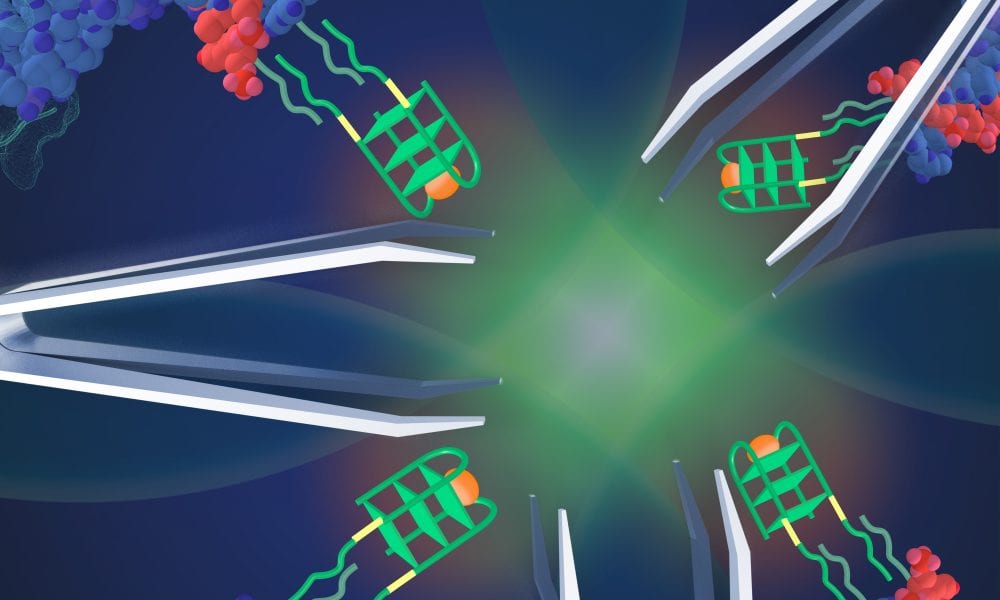
Top to bottom: Front cover, inside cover, and back cover of the first Advanced Biosystems issue.
We are proud to present the first issue of Advanced Biosystems. This journal is the newest member in our Advanced family, taking the journal group beyond materials science and into the life sciences. Inter- and multidisciplinary research has become more and more important, and with its broad scope, Advanced Biosystems acknowledges this fact. Advanced Biosystems provides a platform for articles focusing on biological systems ranging from basic research to more applied technologies. A deeper understanding of how biological systems work and how they can be applied is vital for facing many of today’s challenges from the treatment of diseases to protection of the environment and beyond.
Advanced Biosystems will feature a full range of article types: Communications, Full Papers, Review Articles, Progress Reports, Research News, and Essays. We will cover topics such as cell and tissue engineering, bionanotechnology, applied biotechnology and bioengineering, as well as cell and molecular biology. A strong focus will be placed on systems and synthetic biology, advanced therapeutics, biohybrids and neurotechnology.
The covers of our first issue highlight retinal implants, DNA nanotweezers, and living diodes.
The current generation of retinal implants for the blind provide low quality vision. On the front cover, work by David J. Garrett and co-workers is highlighted, which describes high density, diamond electrode arrays, in close contact with the ganglion cells of the retina. The devices are a promising technology for providing improved visual acuity and thus more useful prosthetic vision.
On the inside cover, Julian A. Tanner and co-workers present a DNA nanotweezer, which is capable of detecting a target protein. In their article, a split aptamer is used for specific molecular recognition and response to malaria biomarker Plasmodium falciparum lactate dehydrogenase, thereby triggering G-quadruplex hemin mediated peroxidase activity, which may be observed colorimetrically.
On the back cover, a new type of diode is highlighted that is made entirely of electrically excitable muscle cells and non-excitable fibroblast cells. In their article, Pinar Zorlutuna and co-workers design, fabricate, and characterize this living diode. The two cell types in a rectangular pattern allow the signal initiated on the excitable side to pass to the non-excitable side, and not in the opposite direction.
We sincerely hope that you enjoy reading our inaugural issue and look forward to receiving some of your best research at Advanced Biosystems in future.
The Advanced Biosystems Team

















